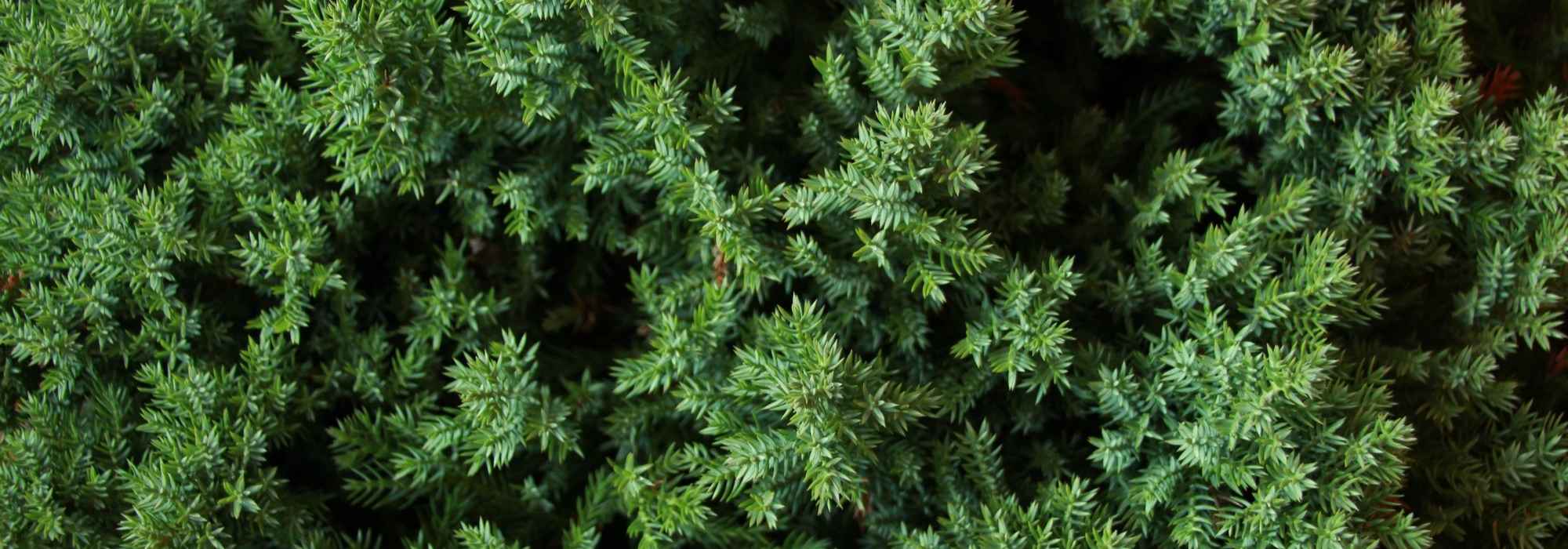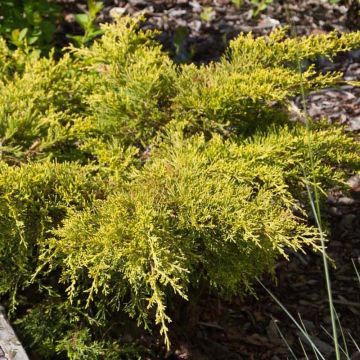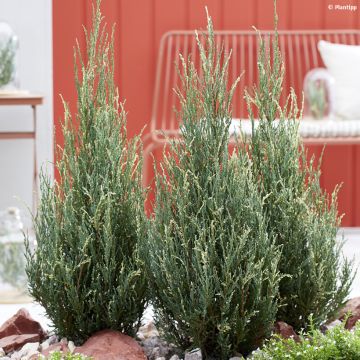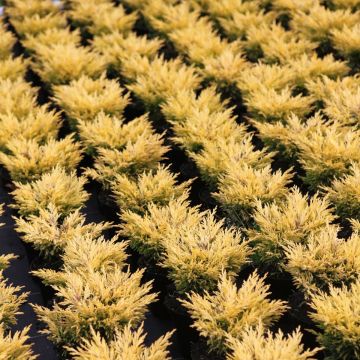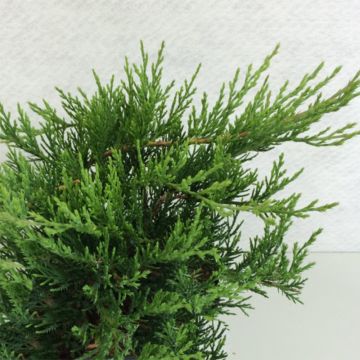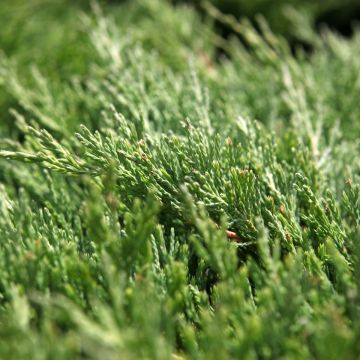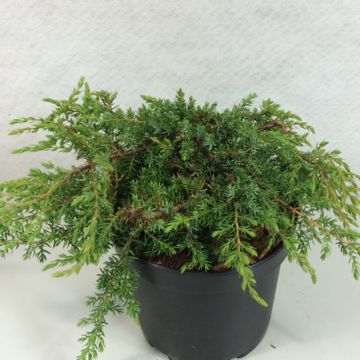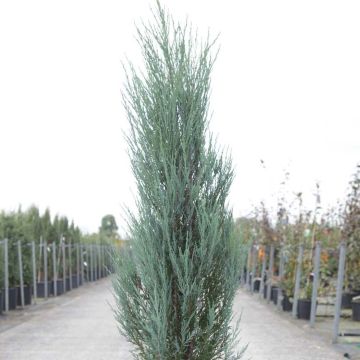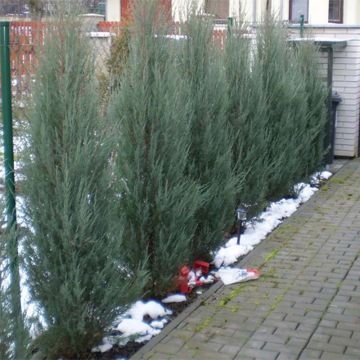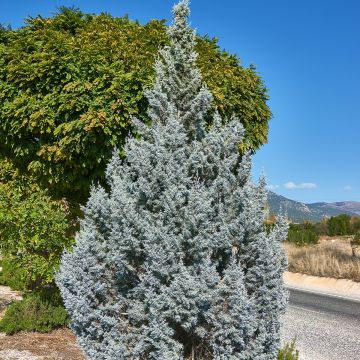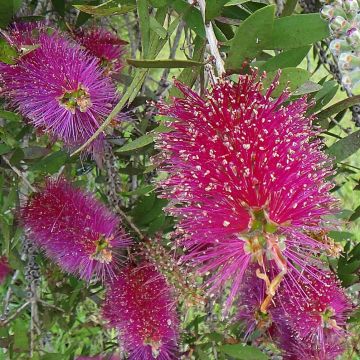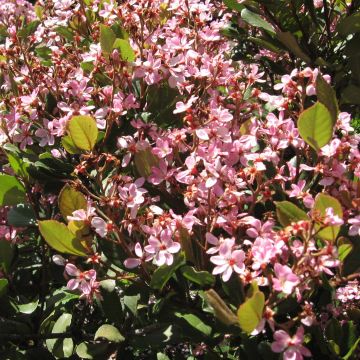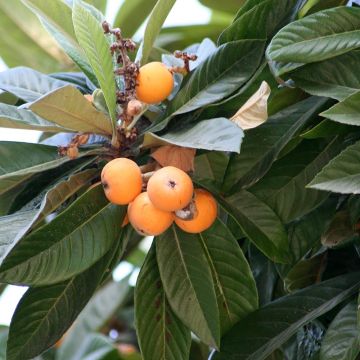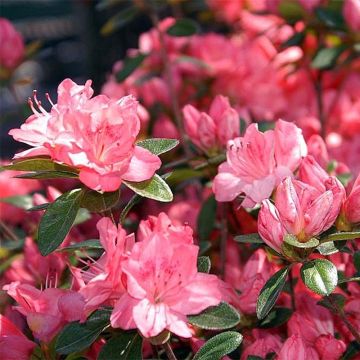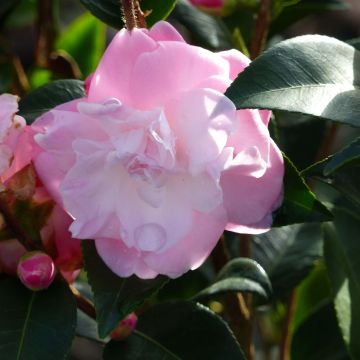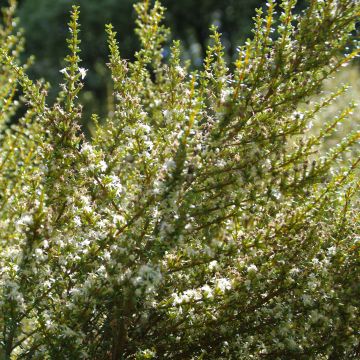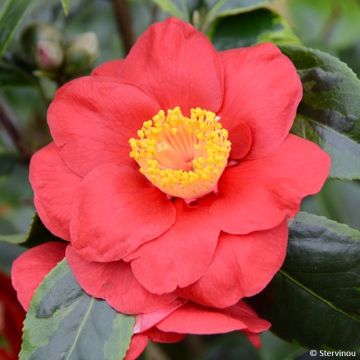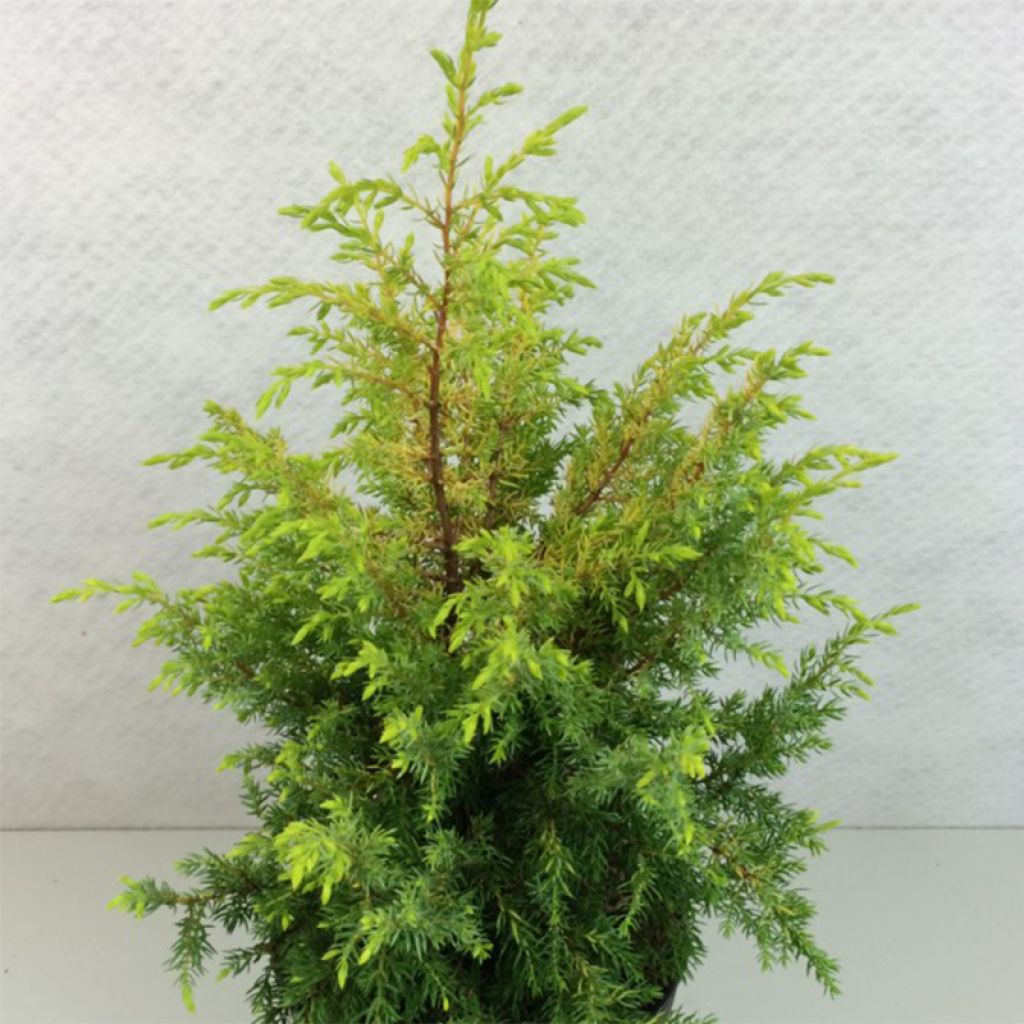

Juniperus communis Gold Cone
Juniperus communis Gold Cone
Juniperus communis Gold Cone
Common Juniper
The package was opened at the depot, but the young plant inside appears to be in good condition.
julrich, 19/11/2023
Special offer!
Receive a €20 voucher for any order over €90 (excluding delivery costs, credit notes, and plastic-free options)!
1- Add your favorite plants to your cart.
2- Once you have reached €90, confirm your order (you can even choose the delivery date!).
3- As soon as your order is shipped, you will receive an email containing your voucher code, valid for 3 months (90 days).
Your voucher is unique and can only be used once, for any order with a minimum value of €20, excluding delivery costs.
Can be combined with other current offers, non-divisible and non-refundable.
Home or relay delivery (depending on size and destination)
Schedule delivery date,
and select date in basket
This plant carries a 24 months recovery warranty
More information
We guarantee the quality of our plants for a full growing cycle, and will replace at our expense any plant that fails to recover under normal climatic and planting conditions.

Would this plant suit my garden?
Set up your Plantfit profile →
Description
Juniperus communis 'Gold Cone' is a common juniper of modest size with an elegant, conical and narrow habit, very compact, and yellowish-green to golden foliage from spring to autumn, then bluish-green in winter. This slow-growing conifer is perfect on a large slope or in a small garden. The spherical cones of the female plants are a dark brown colour. This variety is particularly suitable for topiary art and can also be easily trained as a bonsai. It appreciates cool climates, full sun, and well-drained soil, even poor, occasionally dry, and limestone.
Juniperus communis is an evergreen and spiny conifer belonging to the Cupressaceae family, which includes related species such as cypresses and Chamaecyparis. It is native to northern Europe, North America, and Asia Minor. In its natural environment, it has a quite variable habit, conical or spreading, reaching a height of 6m (19ft 8in) and a spread of 3 to 4.5m (9ft 10in to 14ft 10in). This species appreciates poor, sandy and/or limestone soils and is not afraid of arid conditions.
The 'Gold Cone' juniper, derived from this species, forms a beautiful bush with a conical and narrow habit after 10 years, measuring 1.2m (3ft 11in) in height with a spread of 60cm (23.6in). It grows slowly when young, at a rate of 10cm (3.9in) in height and 5cm (2in) in width per year. Growth accelerates slightly as it ages. An adult specimen will measure approximately 2.5m (8ft 2in) in height and 1.4m (4ft 7in) in diameter. Its foliage consists of small, very sharp prickly leaves, very tightly packed, and releases a resinous and aromatic odour when rubbed. In spring, the young shoots emerge very light green and golden, gradually taking on a bluish-green hue in the heart of autumn. The fruits are borne by the female plants. They are scaly berries called galbuli; they are dark brown and rich in essential oil with numerous therapeutic properties. Its bark is gray-brown and hides a reddish-brown wood that exfoliates over time. Junipers have a shallow root system that makes them vulnerable to strong winds and difficult to associate with perennials.
The 'Gold Cone' juniper is a hardy and bright conifer that can be adopted without reservation in the garden for its perfect habit and beautiful evergreen foliage. It is perfect everywhere. Due to its slow growth, it works wonders when isolated, on a slope, in a large rockery, or planted in groups of 3 specimens in a bed with lower, rounded or bushy conifers. It also grows very well in pots and tolerates pruning very well, allowing for many uses. The true graphic qualities of conifers naturally emerge in the design of a contemporary garden, which prefers the aesthetics of shapes, silhouettes, and textures to the dance of blooms. These plants, with their reassuring permanence, structurally enhance a bed, mark pathways, border terraces, easily replacing the strong presence of trimmed boxwood or holly. They go well with mahonias or tousled grasses with very complementary temperaments. They can also be associated with shade-tolerant, low-maintenance perennials such as periwinkles, Euphorbia amygdaloides 'Purpurea', Epimediums, or Trachystemon orientalis. The key is to play with volumes and colours.
Juniperus communis Gold Cone in pictures
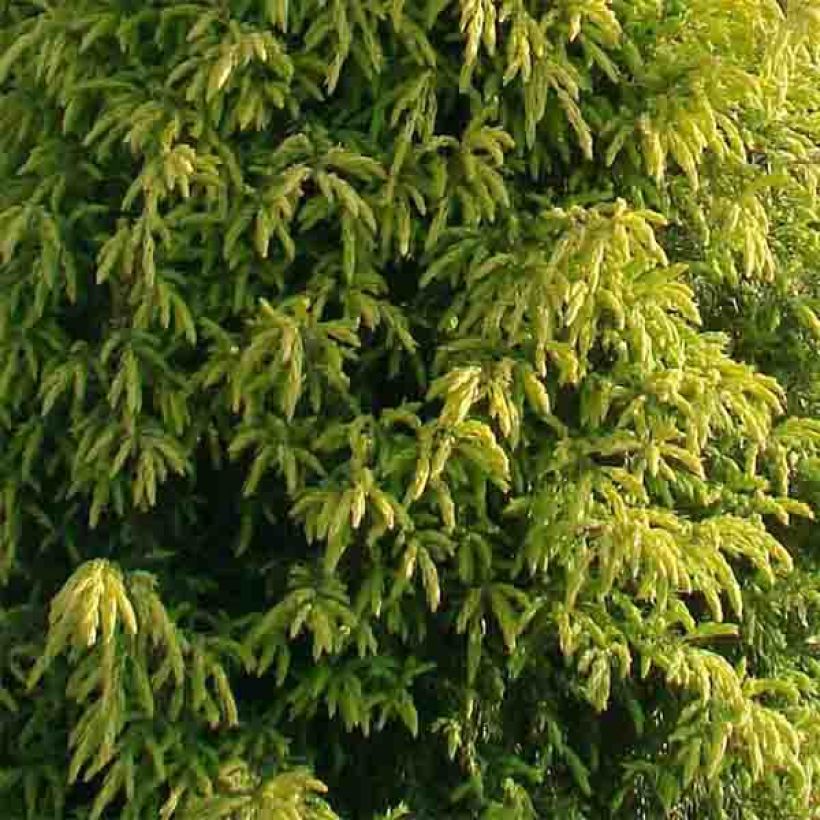

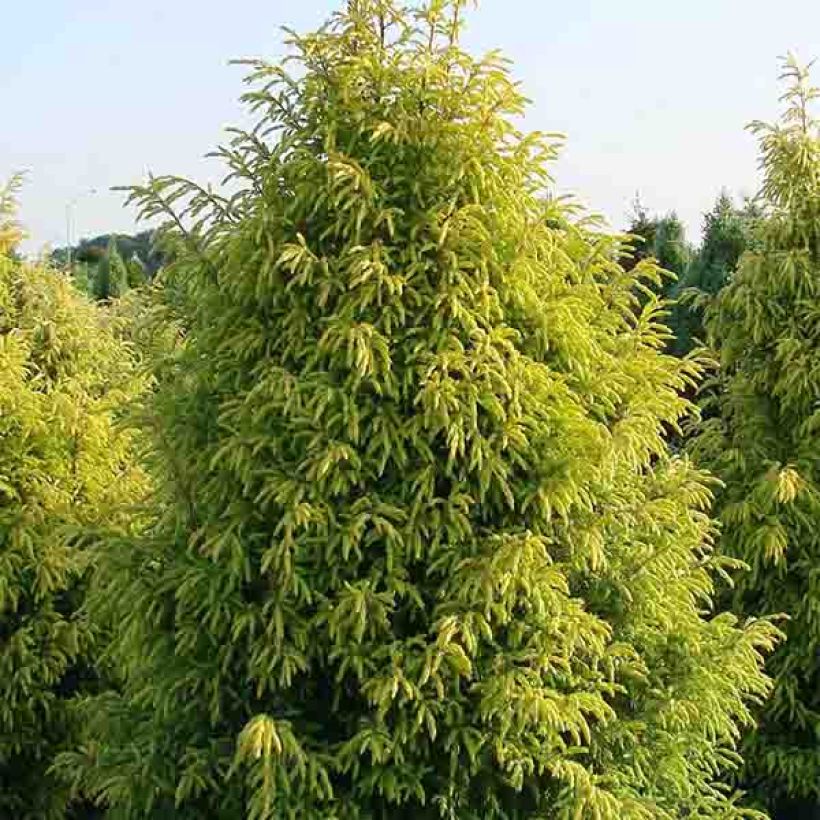

Plant habit
Flowering
Foliage
Safety measures
Botanical data
Juniperus
communis
Gold Cone
Cupressaceae
Common Juniper
Cultivar or hybrid
atteinterespiratoire
Cette plante peut entraîner des symptômes allergiques.
Evitez de la planter si vous ou vos proches souffrez de rhinite saisonnière ("rhume des foins").
Davantage d'informations sur https://plantes-risque.info
Other Juniperus - Juniper
View all →Planting and care
Juniperus communis 'Gold Cone' can be planted from September to November and from February to June in well-drained, light, even limestone and poor soil. It is not bothered by rocky or sandy soil that is occasionally dry. Choose a very sunny or partially shaded location sheltered from prevailing winds. Soak the rootballs well before planting. Add organic amendment at planting and water generously in the first years. Apply a special conifer fertilizer every year in April and cultivate the soil in summer. This very hardy conifer fears heavy, waterlogged soils in winter. Pruning involves removing one-third of the new shoots, which is done towards the end of June and can continue until early September. Its goal is to maintain a beautiful habit for the bush, to form a hedge or a bonsai. Old wood, devoid of needles, rarely regrows.
Planting period
Intended location
Care
Planting & care advice
-
, onOrder confirmed
Reply from on Promesse de fleurs
Similar products
Haven't found what you were looking for?
Hardiness is the lowest winter temperature a plant can endure without suffering serious damage or even dying. However, hardiness is affected by location (a sheltered area, such as a patio), protection (winter cover) and soil type (hardiness is improved by well-drained soil).

Photo Sharing Terms & Conditions
In order to encourage gardeners to interact and share their experiences, Promesse de fleurs offers various media enabling content to be uploaded onto its Site - in particular via the ‘Photo sharing’ module.
The User agrees to refrain from:
- Posting any content that is illegal, prejudicial, insulting, racist, inciteful to hatred, revisionist, contrary to public decency, that infringes on privacy or on the privacy rights of third parties, in particular the publicity rights of persons and goods, intellectual property rights, or the right to privacy.
- Submitting content on behalf of a third party;
- Impersonate the identity of a third party and/or publish any personal information about a third party;
In general, the User undertakes to refrain from any unethical behaviour.
All Content (in particular text, comments, files, images, photos, videos, creative works, etc.), which may be subject to property or intellectual property rights, image or other private rights, shall remain the property of the User, subject to the limited rights granted by the terms of the licence granted by Promesse de fleurs as stated below. Users are at liberty to publish or not to publish such Content on the Site, notably via the ‘Photo Sharing’ facility, and accept that this Content shall be made public and freely accessible, notably on the Internet.
Users further acknowledge, undertake to have ,and guarantee that they hold all necessary rights and permissions to publish such material on the Site, in particular with regard to the legislation in force pertaining to any privacy, property, intellectual property, image, or contractual rights, or rights of any other nature. By publishing such Content on the Site, Users acknowledge accepting full liability as publishers of the Content within the meaning of the law, and grant Promesse de fleurs, free of charge, an inclusive, worldwide licence for the said Content for the entire duration of its publication, including all reproduction, representation, up/downloading, displaying, performing, transmission, and storage rights.
Users also grant permission for their name to be linked to the Content and accept that this link may not always be made available.
By engaging in posting material, Users consent to their Content becoming automatically accessible on the Internet, in particular on other sites and/or blogs and/or web pages of the Promesse de fleurs site, including in particular social pages and the Promesse de fleurs catalogue.
Users may secure the removal of entrusted content free of charge by issuing a simple request via our contact form.
The flowering period indicated on our website applies to countries and regions located in USDA zone 8 (France, the United Kingdom, Ireland, the Netherlands, etc.)
It will vary according to where you live:
- In zones 9 to 10 (Italy, Spain, Greece, etc.), flowering will occur about 2 to 4 weeks earlier.
- In zones 6 to 7 (Germany, Poland, Slovenia, and lower mountainous regions), flowering will be delayed by 2 to 3 weeks.
- In zone 5 (Central Europe, Scandinavia), blooming will be delayed by 3 to 5 weeks.
In temperate climates, pruning of spring-flowering shrubs (forsythia, spireas, etc.) should be done just after flowering.
Pruning of summer-flowering shrubs (Indian Lilac, Perovskia, etc.) can be done in winter or spring.
In cold regions as well as with frost-sensitive plants, avoid pruning too early when severe frosts may still occur.
The planting period indicated on our website applies to countries and regions located in USDA zone 8 (France, United Kingdom, Ireland, Netherlands).
It will vary according to where you live:
- In Mediterranean zones (Marseille, Madrid, Milan, etc.), autumn and winter are the best planting periods.
- In continental zones (Strasbourg, Munich, Vienna, etc.), delay planting by 2 to 3 weeks in spring and bring it forward by 2 to 4 weeks in autumn.
- In mountainous regions (the Alps, Pyrenees, Carpathians, etc.), it is best to plant in late spring (May-June) or late summer (August-September).
The harvesting period indicated on our website applies to countries and regions in USDA zone 8 (France, England, Ireland, the Netherlands).
In colder areas (Scandinavia, Poland, Austria...) fruit and vegetable harvests are likely to be delayed by 3-4 weeks.
In warmer areas (Italy, Spain, Greece, etc.), harvesting will probably take place earlier, depending on weather conditions.
The sowing periods indicated on our website apply to countries and regions within USDA Zone 8 (France, UK, Ireland, Netherlands).
In colder areas (Scandinavia, Poland, Austria...), delay any outdoor sowing by 3-4 weeks, or sow under glass.
In warmer climes (Italy, Spain, Greece, etc.), bring outdoor sowing forward by a few weeks.






























